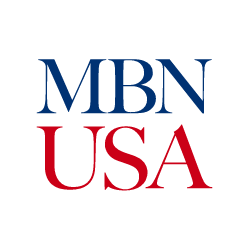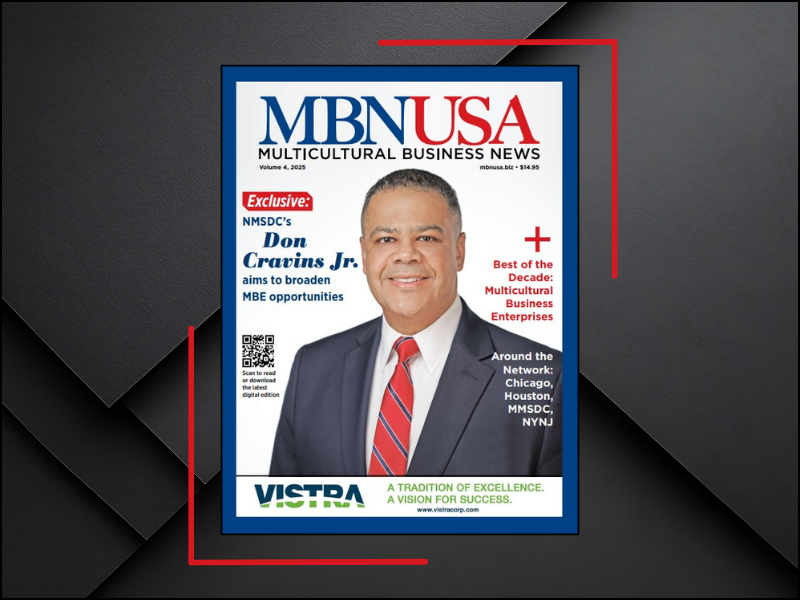Robert Young, group vice
president, purchasing supplier development, Toyota Motor North America Inc.
Q:
Please tell us a bit about your background.
A:
I have spent 34 years in the automotive industry working at two OEMs [original
equipment manufacturer] and one Tier I supplier. For the last 28 years, I’ve
worked at Toyota [Motor North America Inc.] purchasing supplier development. I
started at Toyota in 1989, when we were producing three vehicles in North
America and have been able to participate in our incredible growth. Today, we
produce 13 models locally, including local powertrain production, and [we] have
the capacity to produce over 2 million vehicles per year.
At
Toyota, my whole career has been in various roles and functions within
purchasing. My most memorable moments
are the challenges we have overcome with our supplier partners. From the 2011
tragic earthquake and tsunami in Japan, to the Great Recession and, recently,
the [COVID-19] pandemic, we have collaborated and made the best of very
difficult times. These were great learning opportunities and have made our
people and processes more efficient and resilient.
Q:
How did you end up in supply chain procurement?
A:
It really was by accident. It involves Saturday morning basketball in the
intramural building, a plant president, a B-school student, a car wash job, and
long hair and an earring. Long story
short, I cut my hair, lost the earring, and joined a local industrial parts
maker’s purchasing department. I worked 20-plus hours per week while in school
and learned the ropes of supply chain management, strategic sourcing and supply
base development. That led to a job in Michigan at a D3 automaker and
eventually to my position at Toyota.
Q:
What is your favorite thing about procurement and strategic sourcing?
A:
Regarding procurement, I really like both the internal and external parts of
the job. Internally, we collaborate with
most other functions because our direct and indirect supplier partners are
critical for them to achieve their mission. It really provides a good sense of
how the cake is made and how we can leverage our supplier partners’ talents and
expertise to achieve mutually successful outcomes.
On
the external side, it is great to work collaboratively with our strategic
partners. We are only as good as our supply base. Our partners represent over
70% of our total cost structure and develop over 50% of the innovation that
goes into our vehicles. Therefore, we
focus on working collaboratively with our partners to ensure mutual
success.
We
have been fortunate in North America that our parent in Japan has always put a
strong focus on our relationships with supplier partners. They recognize that
partners were instrumental in the Toyota family developing a car company and
that our partners have been instrumental to our global success.
As
our industry transforms and as we transition to a mobility company, these
partnerships and collaboration will only become more important. We are
committed to ensure that we and our partners successfully navigate this
transformation.
Q: Diverse suppliers are making progress in the corporate supply chain. What do they have to do to continue to grow?
A: While
diverse suppliers have seen tremendous growth, and the need to develop and
build capacity remains strong. One of the pillars of the Toyota Way is
Continuous Improvement, which means always looking for ways to gain efficiency
and evolve, or in other words, we can always do and be better. Adopting this
mindset can aid diverse suppliers in sustaining and growing their existing
business, especially during times like these of rapid technology evolution.
Despite
the need to continue looking forward, we all must reflect on and leverage the
skills and capabilities that have gotten us to where we are today as the
foundation for our future. Remember your
competitive advantage and differentiators and communicate them clearly. Build
relationships with all stakeholders so that you are considered for opportunity
when it arises, even in new areas. You never know from where in your
network your next prospect may come, so keep those connections strong!
To
our diverse suppliers, I want to recognize your tremendous support and
partnership over the years. You continue to be instrumental to our growth and
success in the North American market, and you will be key to our future as we
transform to a mobility company.
Q:
What is the best way for a new diverse supplier to enter corporate supply
chains? And, how important is certification?
A:
Certification is an essential factor that corporates consider when evaluating a
potential diverse supplier. Most corporates accept major certifications.
Toyota, for example, recognizes NMSDC [National Minority Supplier Development
Council Inc.], WBENC [Women Business Enterprise Council], NGLCC [National LGBT
Chamber of Commerce], Disability:IN, NVDBC [National Veteran Business
Development Council] in the U.S., and CAMSC [Canadian Aboriginal and Minority
Supplier Council] and WBE Canada [Women Business Enterprises Canada Council].
Speaking
for the automotive industry, specifically, new diverse suppliers should look to
enter the automotive supply chain as a Tier II, Tier III or Tier IV
supplier. Automotive supply chains are expansive, and there are
exponentially more business opportunities with automotive suppliers than with
OEMs directly. Working as a lower tier supplier first also gives suppliers an
understanding of the expectations and pace of working with OEMs, and this
experience can help suppliers develop and potentially pave a path up the supply
chain.
Toyota
holds a trade show event each year specifically focused on this sub-tier
business development called Opportunity Exchange (OE). This year will be
our 33rd year of hosting OE, and it is a great opportunity for diverse
suppliers to connect with our Tier I suppliers, as over 300 [of them] will
exhibit. This year’s event will be Nov. 2 in Novi, Michigan. Go to
onetoyotasupplierdiversity.com to sign up to receive information about the
event and be notified when registration opens.
Q:
What is the biggest problem facing procurement today? Is the supply chain
disruption easing in your industry?
A:
The operational risks from inflation, labor challenges, even natural disasters
are real for our supply base, and the impact can be devastating. We work very
closely with our supplier partners to understand their specific risks and to
help them respond. We address these challenges by using our Toyota Way of
problem solving to fully grasp the situation, identify countermeasures and
implement solutions. For any situation, collaboration with our supplier
partners, Genichi Genbutsu (a core part of our philosophy that means “go to the
source” to understand the problem), and respect for people brings us closer to
our supplier partners and helps us fully understand and solve the challenges we
face together.
The
vulnerabilities in supply chains were exacerbated by COVID-19 but they weren’t
caused by it. Our attention has been on our supplier partners, ensuring we
understand and help them to address their needs. The semiconductor shortage is
not just an automotive industry issue, and the solutions are global solutions.
At
Toyota, we have worked to understand our current and future needs and engaged
with our supplier partners to fully grasp their condition as we navigate this
global situation. On the bright side, semiconductor supply has improved and is
allowing us to ramp up production to meet normal market demand.
Q:
What will the new normal for supply chains look like in 2024-2025?
A:
In the ever-changing supply chain landscape, defining “normal” is certainly a
challenge. The key to successful supply chains is increased flexibility and
transparency to adapt to dynamic customer demand. We’re seeing customers are
demanding new technologies and features in our vehicles at a very fast pace. We
need to ensure our supply base can adjust to these demand shifts quickly to
maintain supply, especially given complex global supply chain networks and
their variable lead times.
Specifically,
for the automotive industry, the impact of the move to electrification – over
the next year, five years, 10 years – cannot be overstated. The technology
involved, the financial investments, the transition required from our
suppliers, a dynamic workforce; each of these will be challenging, especially
with compressed schedules. To effectively support this transition, it is
critical that supply chains are robust, resilient and flexible.
For more information about Toyota Motor North America Inc., visit Toyota.com.





